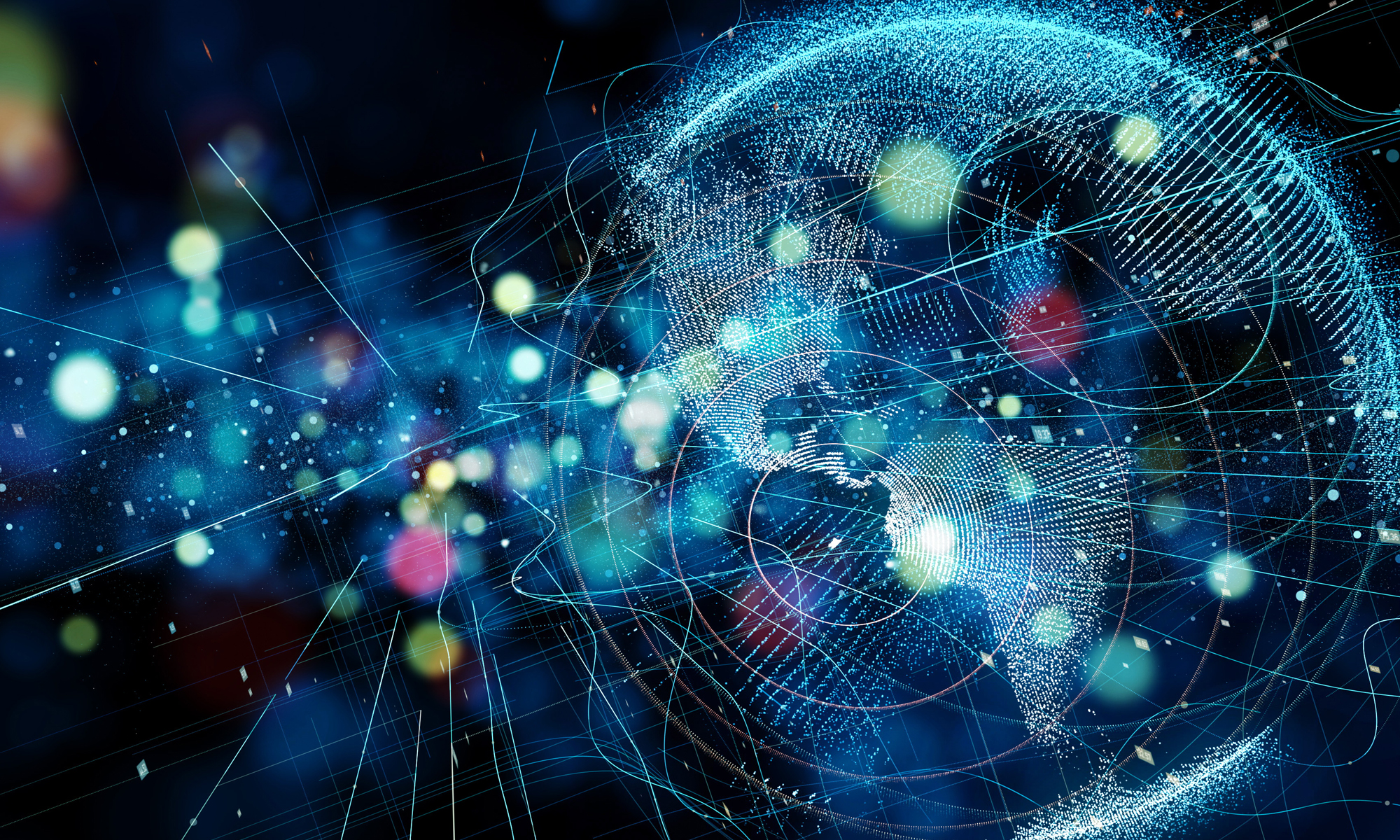Machine learning is increasing exponentially. As a result, artificial intelligence (AI) now is powering many aspects of our lives. If you ask Siri or Alexa, they will tell you that AI computers are performing surgeries, flying planes, driving cars and winning at games. What’s next?
What’s next might include inventions created by AI. Indeed, several months ago, the Director of the United States Patent and Trademark Office (PTO) sought public comments on this topic.
The goal as set forth by the PTO and as reported by nationalinterest.org, is “to engage with the innovation community and experts in AI to determine whether further guidance is needed to promote the predictability and reliability of patenting such inventions and to ensure that appropriate patent protection incentives are in place to encourage further innovation in and around this critical area.”
Naturally, certain questions arise in this context. For example, the PTO would like to know whether “current patent laws and regulations regarding inventorship need to be revised to take into account inventions where an entity or entities other than a natural person contributed to the conception of the invention.”
Thus, we need to ponder whether we need a brand new understanding of inventions and applicable laws. Traditionally, the law recognizes humans as the inventors of what might be patented. But now there are other potential scenarios, such as when a human invents an AI machine that itself later invents something else, and when a human and an AI machine co-invent.
In these new situations, who or what is the true patent holder? Should the patent be awarded to humans or companies that create that the AI machines that later participate in the invention process? Should AI machines somehow be entitled to be awarded patents, and if so, how exactly would that work?
And there are other questions. Historically, the law looks to the “level of the person of ordinary skill in the art” in considering patent claim language and also whether prior creations cause a patent to be obvious. Now, the PTO wants to know if an inventor of a particular patent is an AI computer, “should assessment of the level of ordinary skill in the art reflect the capability possessed by AI?” If the answer is yes, how would it be possible to assess the level of ordinary skill when machine learning can be almost unlimited?
So far, there are many questions and no definitive answers. But at least the PTO is recognizing the growing AI world we now live in, and is trying to stay abreast in terms of soliciting comments and considering patent rights and law going forward.
Machine learning is increasing exponentially. As a result, artificial intelligence (AI) now is powering many aspects of our lives. If you ask Siri or Alexa, they will tell you that AI computers are performing surgeries, flying planes, driving cars and winning at games. What’s next?
What’s next might include inventions created by AI. Indeed, several months ago, the Director of the United States Patent and Trademark Office (PTO) sought public comments on this topic.
The goal as set forth by the PTO and as reported by nationalinterest.org, is “to engage with the innovation community and experts in AI to determine whether further guidance is needed to promote the predictability and reliability of patenting such inventions and to ensure that appropriate patent protection incentives are in place to encourage further innovation in and around this critical area.”
Naturally, certain questions arise in this context. For example, the PTO would like to know whether “current patent laws and regulations regarding inventorship need to be revised to take into account inventions where an entity or entities other than a natural person contributed to the conception of the invention.”
Thus, we need to ponder whether we need a brand new understanding of inventions and applicable laws. Traditionally, the law recognizes humans as the inventors of what might be patented. But now there are other potential scenarios, such as when a human invents an AI machine that itself later invents something else, and when a human and an AI machine co-invent.
In these new situations, who or what is the true patent holder? Should the patent be awarded to humans or companies that create that the AI machines that later participate in the invention process? Should AI machines somehow be entitled to be awarded patents, and if so, how exactly would that work?
And there are other questions. Historically, the law looks to the “level of the person of ordinary skill in the art” in considering patent claim language and also whether prior creations cause a patent to be obvious. Now, the PTO wants to know if an inventor of a particular patent is an AI computer, “should assessment of the level of ordinary skill in the art reflect the capability possessed by AI?” If the answer is yes, how would it be possible to assess the level of ordinary skill when machine learning can be almost unlimited?
So far, there are many questions and no definitive answers. But at least the PTO is recognizing the growing AI world we now live in, and is trying to stay abreast in terms of soliciting comments and considering patent rights and law going forward.
Eric Sinrod (@EricSinrod on Twitter) is a partner in the San Francisco office of Duane Morris LLP, where he focuses on litigation matters of various types, including information technology and intellectual property disputes. You can read his professional biography here. To receive a weekly email link to Mr. Sinrod’s columns, please email him at ejsinrod@duanemorris.com with Subscribe in the Subject line. This column is prepared and published for informational purposes only and should not be construed as legal advice. The views expressed in this column are those of the author and do not necessarily reflect the views of the author’s law firm or its individual partners.
